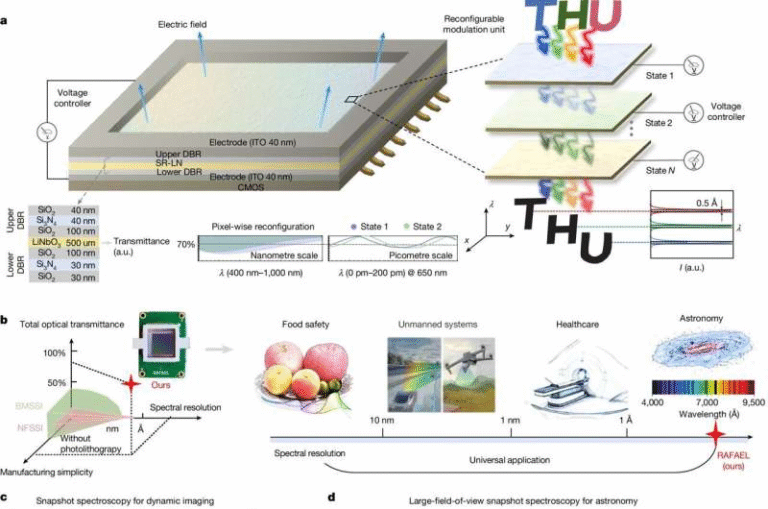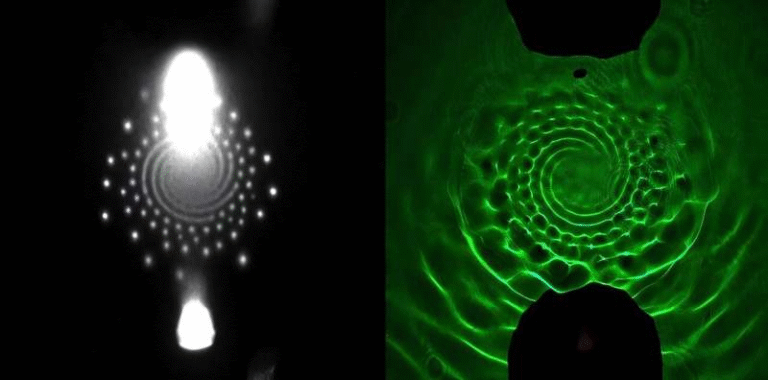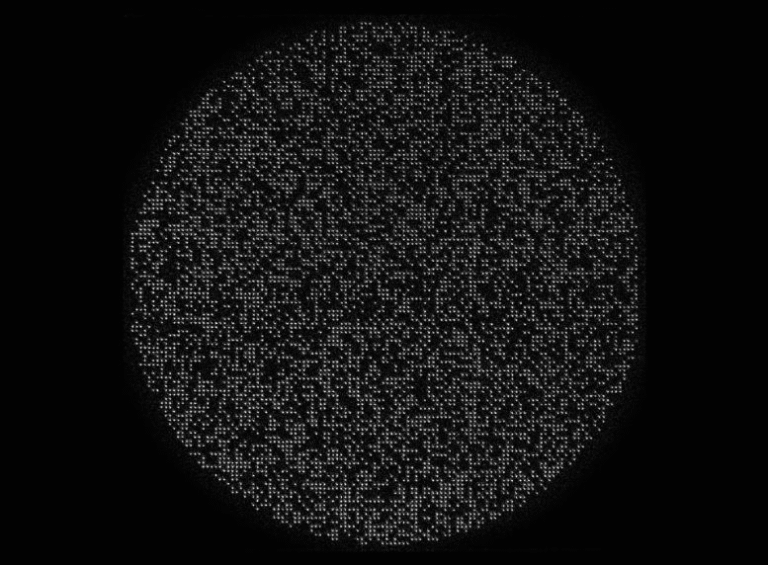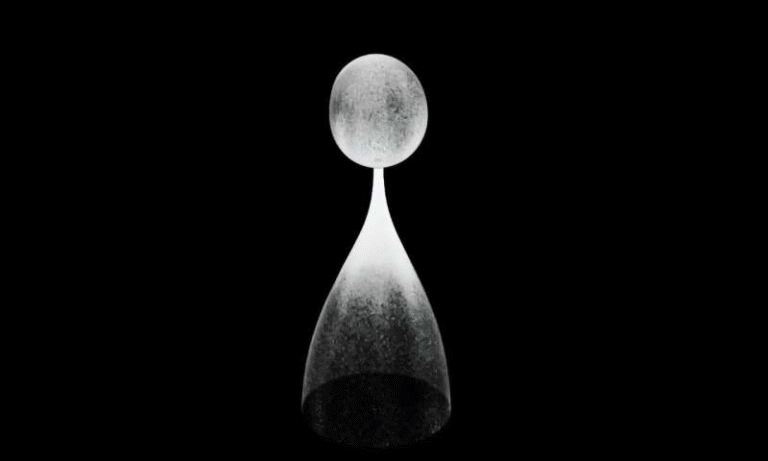Lensless Mid-Infrared Camera Brings 3D Vision With Pinhole Imaging
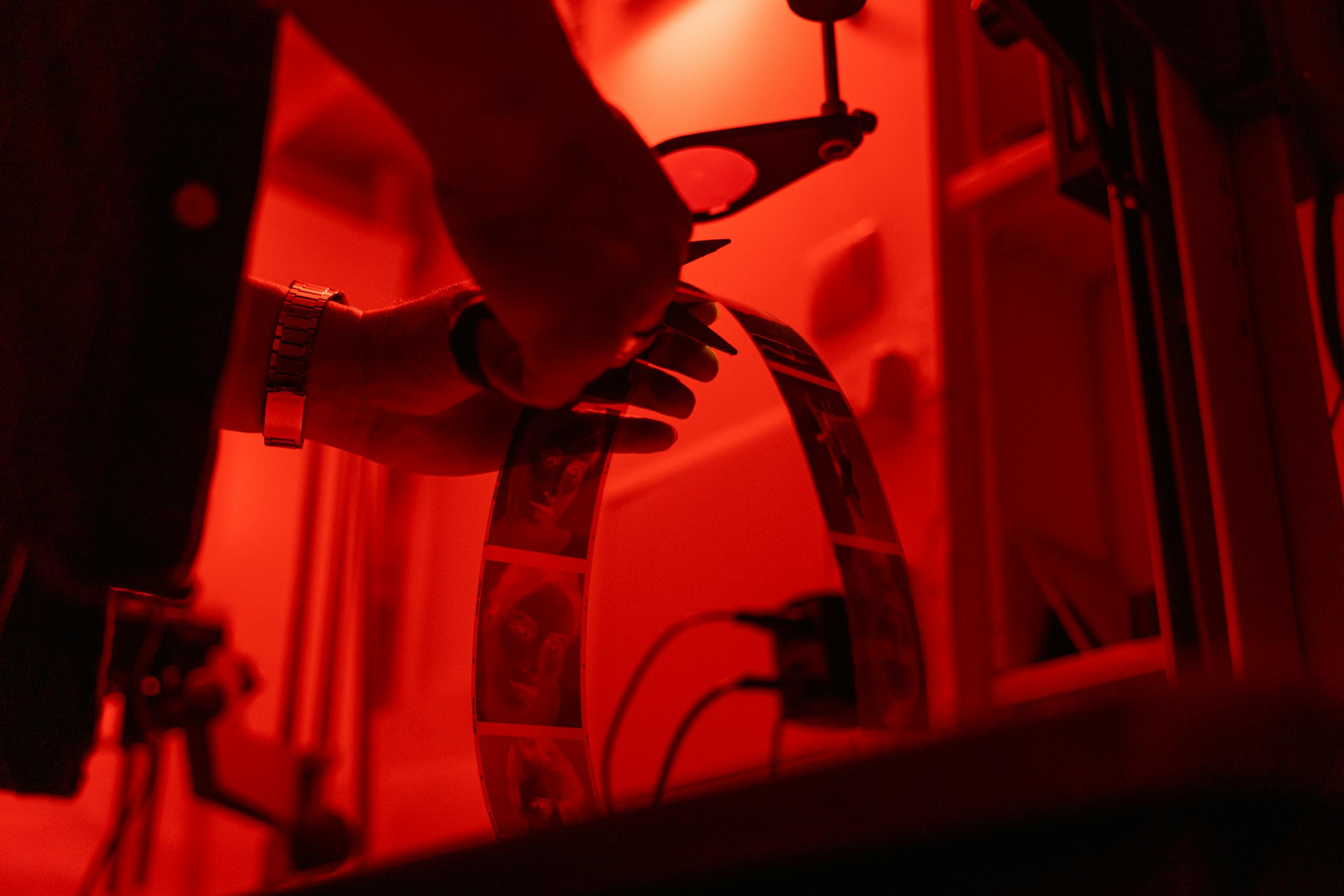
Researchers at East China Normal University have built a new kind of camera that doesn’t need lenses to capture images. Instead, they revived the centuries-old principle of pinhole imaging and combined it with modern laser and nonlinear optics. The result is a system that produces sharp mid-infrared (MIR) images across a wide depth range, even in very low light conditions, and can even capture objects in 3D.
This breakthrough could transform areas such as night vision, industrial inspection, and environmental monitoring, all of which depend heavily on mid-infrared signals. Let’s break down what the researchers achieved, how it works, why it matters, and what the future might hold.
The Basics: Why Mid-Infrared Imaging Matters
The mid-infrared region of the spectrum is rich with information. This is where heat signatures appear and where molecular “fingerprints” can be detected. Cameras that can see in this range are extremely valuable for spotting thermal emissions, identifying chemical substances, and monitoring the environment.
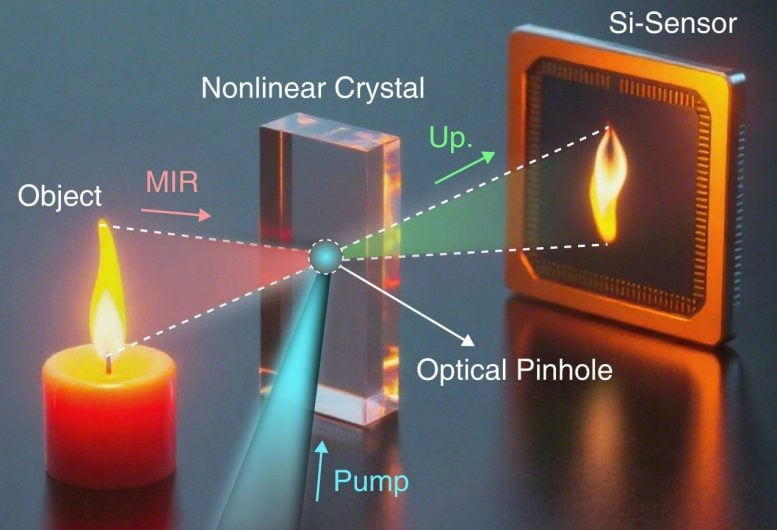
The problem is that traditional MIR cameras tend to be noisy, expensive, and often require cooling. On top of that, when they use lenses, they face issues like limited depth of field and optical distortions. These limitations make them less practical for many real-world uses.
That’s where this new lensless nonlinear pinhole imaging system comes in.
How the System Works
Instead of using glass lenses or mechanical pinholes, the researchers used laser light to form a tiny “optical pinhole” inside a nonlinear crystal. This approach is clever for two reasons:
- The optical pinhole controls how light enters the imaging system, just like the small hole in a classic pinhole camera.
- The nonlinear crystal not only shapes the incoming light but also converts mid-infrared images into visible light.
That last part is critical. Silicon sensors, which are the workhorses of modern cameras, cannot detect mid-infrared light directly. But they are very good at detecting visible light. By converting the MIR signal into visible wavelengths, the system makes it possible to use cheap, standard silicon-based sensors instead of exotic detectors.
The Advantages: Depth, Field, and Noise Control
This system stands out because it offers features that are very hard to achieve with traditional cameras:
- Large depth of field: Objects as far as 35 cm away could still be sharply imaged.
- Wide field of view: The team achieved more than 6 cm of coverage, which is unusually broad for MIR imaging.
- Distortion-free images: Because there are no lenses, the images don’t suffer from aberrations or distortions that lens-based systems usually struggle with.
- Noise suppression: The upconversion technique naturally reduces noise, which allows the system to perform well under extremely low-light conditions.
In one demonstration, the team found that an optical pinhole radius of about 0.20 mm gave the best balance between resolution and clarity. They successfully imaged targets placed at 11 cm, 15 cm, and 19 cm, showing consistent sharpness across all distances.
3D Imaging Capabilities
The setup isn’t just good at making flat images—it can also see in 3D. The researchers tested two different methods of 3D imaging with their system:
- Time-of-Flight 3D Imaging
By firing ultrafast synchronized laser pulses, the system can act as an optical time gate, detecting how long it takes for light to bounce back from an object. Using this approach, they imaged a matte ceramic rabbit and reconstructed its 3D shape with micron-level axial precision. Even when the signal dropped to around 1.5 photons per pulse—an extremely low-light situation—the system still worked, thanks to correlation-based denoising techniques. - Two-Snapshot Depth Imaging
For a simpler approach, they imaged a stacked “ECNU” target at two slightly different distances. By comparing the two images, they calculated the depth and size of objects with a range of about 6 cm, without needing complex timing electronics.
Both methods demonstrate that this technology could be used for 3D vision in challenging conditions, such as complete darkness or low-light industrial settings.
The Technology Behind the Wide Field of View
A major technical trick here is the use of a chirped-period nonlinear crystal. This specially engineered crystal can accept light from a wide range of incident angles. That means the system doesn’t just see straight ahead—it can handle light coming in from different directions, expanding the field of view.
The ultrashort laser pulses also give the system a built-in advantage. Because the pulses are so brief, they effectively act as a fast shutter, isolating only the photons that arrive within a very tight time window. This capability is what enables the time-of-flight imaging mentioned earlier.
Current Limitations
As exciting as this sounds, the researchers are clear that their system is still proof-of-concept. At the moment, it relies on a bulky laser setup and requires precisely engineered nonlinear crystals. That makes it too complex and expensive for everyday use.
Other limitations include:
- Conversion efficiency still needs to be improved.
- Photon throughput is not yet optimized.
- The system needs to be made smaller and more portable before it can leave the lab.
However, the team is optimistic. They’re already working on ways to boost conversion efficiency, add dynamic control to reshape the optical pinhole for different scenarios, and extend the system across a wider mid-infrared range.
Why Pinhole Imaging Is So Interesting
Pinhole imaging is one of the oldest imaging techniques in history. It was first described by Mozi, a Chinese philosopher, around the 4th century BC. In its most basic form, a pinhole camera is just a box with a tiny hole on one side. Light enters through the hole and projects an inverted image of the outside scene on the opposite wall.
The advantages of pinhole imaging include:
- Unlimited depth of field: Objects near and far are all in focus.
- No distortion: Unlike lenses, pinholes don’t bend light in complicated ways.
- Broad spectrum capability: Pinhole systems can work across many wavelengths, from visible light to far-infrared.
By combining this ancient principle with modern nonlinear optics, the team managed to unlock new possibilities in infrared imaging.
Broader Applications and Future Directions
The potential uses for this technology are broad and practical:
- Night Vision: Better imaging in low light without bulky infrared optics could improve security and safety.
- Industrial Inspections: Mid-infrared imaging can reveal hidden cracks, stress points, and heat leaks in machinery.
- Environmental Monitoring: Infrared light carries signatures of gases and pollutants, making this useful for climate and pollution studies.
- Medical Diagnostics: Though not the main focus yet, infrared imaging is already used for some diagnostic tools. Lensless systems could make them cheaper and more portable.
- Far-Infrared and Terahertz Imaging: Lenses are notoriously hard to make in these ranges. A lensless system could make imaging possible where conventional optics fail.
The Road Ahead
The team’s work represents a fresh way of thinking about imaging. Instead of trying to improve lenses, they asked whether we could get rid of them altogether. By combining nonlinear optics, lasers, and pinhole concepts, they’ve created a system that points toward a future where infrared cameras are cheaper, lighter, and more versatile.
It’s not ready for mass production yet, but as new nonlinear materials and compact light sources emerge, this technology could move from lab benches into real-world devices.
Extra Insight: Nonlinear Optics in Imaging
For readers curious about the physics, here’s a quick primer:
- Nonlinear optics is a field where the response of a material to light is not proportional to the light’s intensity.
- This allows effects like frequency conversion. In this study, the MIR photons are converted into visible photons by mixing them with strong laser pulses inside the nonlinear crystal.
- The specific method used here is likely a form of sum-frequency generation, where two light waves combine to form a new one at a higher frequency.
- This trick is what makes it possible to use cheap silicon detectors to see signals that would normally require expensive cooled detectors.
Final Thoughts
The researchers at East China Normal University have essentially revived the pinhole camera for the 21st century, turning it into a tool for advanced infrared and 3D imaging. By blending ancient concepts with modern physics, they’ve demonstrated that some of the simplest ideas in science still have a lot to offer—if you look at them in the right way.
Reference: Mid-infrared nonlinear pinhole imaging, Optica (2025)

